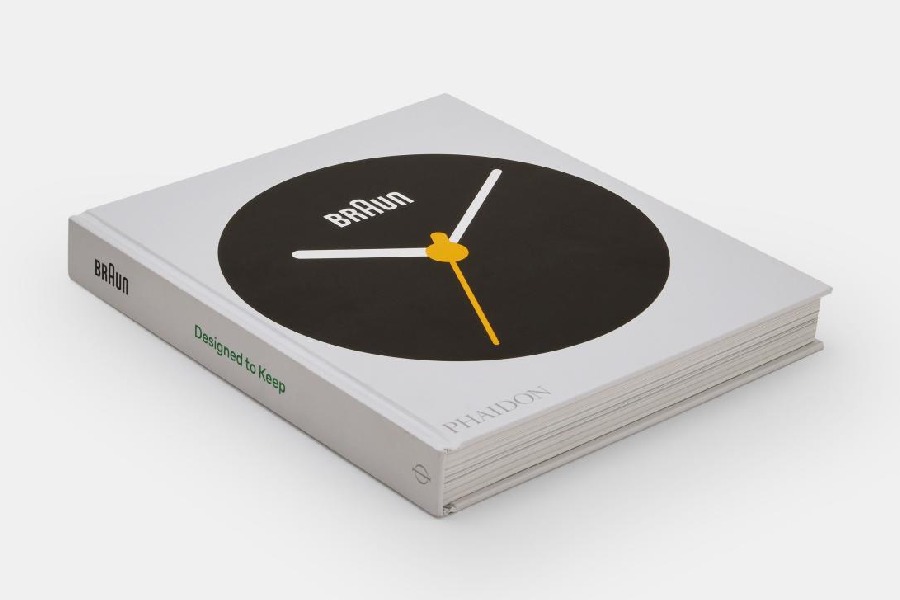For 23-year-old Dieter Rams, who was then working as a junior in a Frankfurt architect’s office, it was a bet. His colleague showed him an ad in a local newspaper for an “in-house architect” at a company they had no idea about. The bet was simple: who would get the job. Rams won and the company is called Braun. He worked there as a designer from 1955 to 1995 during which he designed a number of products, from radios to shavers, clocks to record players. His designs had an immense influence on the likes of Naoto Fukasawa and Jony Ive.
If you like product designing, this is the book to have as a Christmas gift. Braun: Designed to Keep is the story of Braun and is being marketed as “the most comprehensive history” of the company to date. The story is told through 500 images, including never-before-published archival materials.
Published by Phaidon, the book has been penned by professor Klaus Klemp, a German design historian, who has spent two decades documenting the work of Rams through exhibitions and books like Dieter Rams: The Complete Works.
Braun’s first workshop was in Frankfurt in 1921 to meet the demand for radio. Soon, Braun began focusing on high-quality components for other manufacturers to buy, and branches and factories opened across Europe.
Rams was the man who made Braun the “Apple” of its era. The legendary Jony Ive, former design head of Apple, first came across Ram’s work in the form of a 1972 MPZ 2 Citromatic at his parents’ kitchen. “No part appeared to be hidden or celebrated, just perfectly considered and completely appropriate. At a glance, you knew exactly what it was and how to use it. It was the essence of juicing made material: a static object that perfectly described the process by which it worked. It felt complete and it felt right,” Ive once wrote.
The new book makes it clear that Rams had a team to help him. In the book credit is given on every product photograph. One of the most important parts of the book is Rams’ ‘Ten Principles of Good Design’, with number 10 being “Good design is as little design as possible.”










